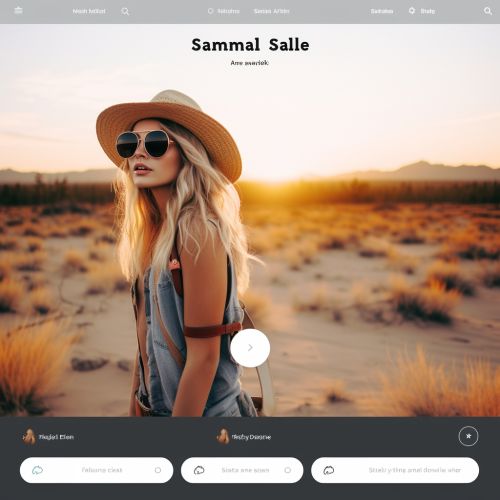Native Advertising
Overview
Native advertising is a form of paid media where the ad experience follows the natural form and function of the user experience in which it is placed. Native ads match the visual design of the experience they live within, and look and feel like natural content. They are a type of online advertising that is designed to blend in with the surrounding content, making it less intrusive and more engaging for the audience.
History
The concept of native advertising has been around for many years, but it gained popularity with the rise of digital media. The term "native advertising" was first coined by Fred Wilson in 2011, a venture capitalist who described it as a form of content marketing that was integrated into the platform it was served on. Since then, the use of native advertising has exploded, with businesses of all sizes using it to reach their target audiences.
Types of Native Advertising
There are several types of native advertising, each with its own unique characteristics. These include:
- In-feed ads: These are promotional messages that appear in a user's news feed on social networks like Facebook or Twitter. They are designed to look like regular posts from people or pages that the user follows.
- Search and promoted listings: These are ads that appear at the top of search results or as highlighted entries in a list of products or services. They are common on search engines like Google and e-commerce sites like Amazon.
- Content recommendations: These are suggestions for articles, blog posts, or other types of content that appear on websites. They are typically provided by third-party platforms like Taboola or Outbrain.
- Sponsored content: This is content that a brand pays to have created and published on a media outlet's platform. The content is often related to the brand's industry or product, but it is not directly promotional.
Benefits of Native Advertising
Native advertising offers several benefits for both advertisers and consumers. For advertisers, native ads can:
- Increase brand awareness: Because native ads blend in with the surrounding content, consumers are more likely to engage with them, leading to increased brand awareness.
- Improve click-through rates: Studies have shown that native ads have higher click-through rates than traditional display ads.
- Boost engagement: Native ads are often more engaging than traditional ads because they are designed to provide value to the consumer.
For consumers, native ads can:
- Enhance the user experience: Because native ads blend in with the surrounding content, they are less disruptive to the user experience.
- Provide valuable content: Many native ads are designed to provide valuable content to the consumer, such as educational articles or entertaining videos.
Criticisms and Controversies
Despite its benefits, native advertising has also been the subject of criticism and controversy. One of the main criticisms is that it can be misleading. Because native ads are designed to blend in with the surrounding content, consumers may not realize they are viewing an ad. This has led to concerns about transparency and ethics in advertising.
In response to these concerns, regulatory bodies like the Federal Trade Commission (FTC) in the United States have issued guidelines for native advertising. These guidelines require that native ads be clearly labeled as such, to ensure that consumers are not misled.
Future of Native Advertising
The future of native advertising looks promising, with continued growth expected in the coming years. Advances in technology, such as artificial intelligence and machine learning, are expected to further enhance the effectiveness of native advertising by enabling more personalized and targeted ads.
As native advertising continues to evolve, it is likely that new forms and formats will emerge, offering new opportunities for advertisers to connect with their audiences in meaningful and engaging ways.
See Also


